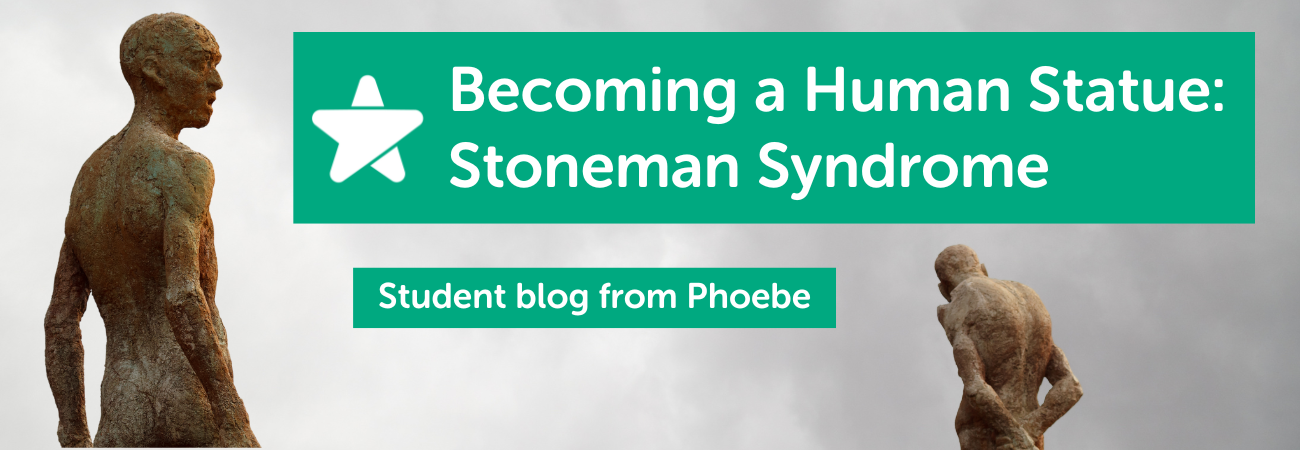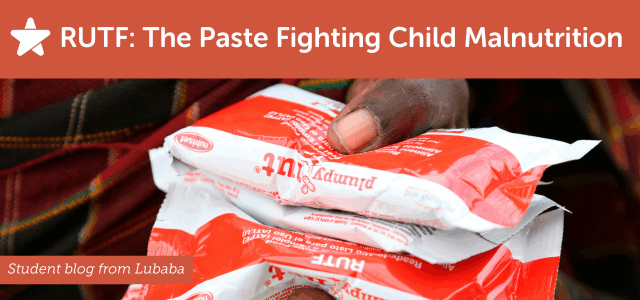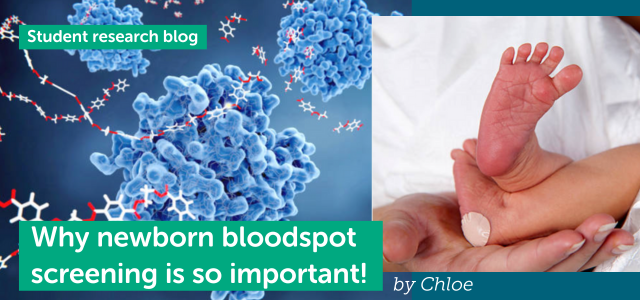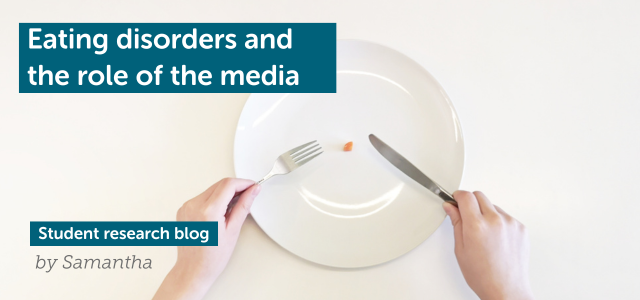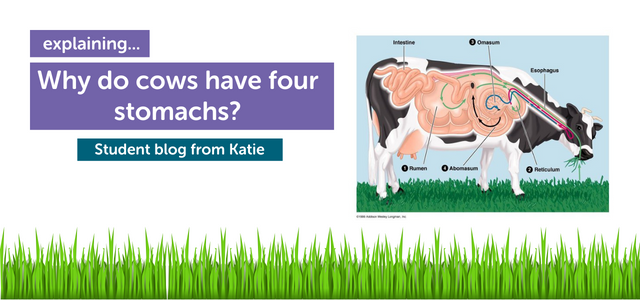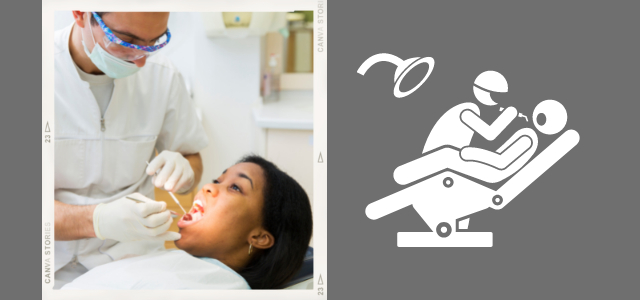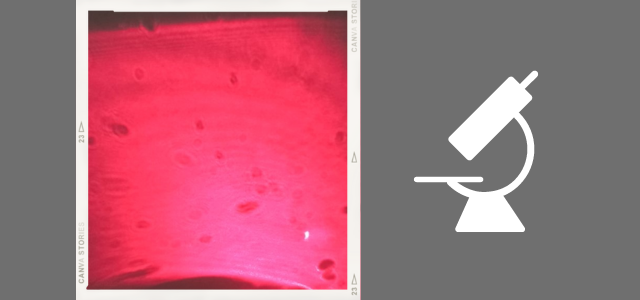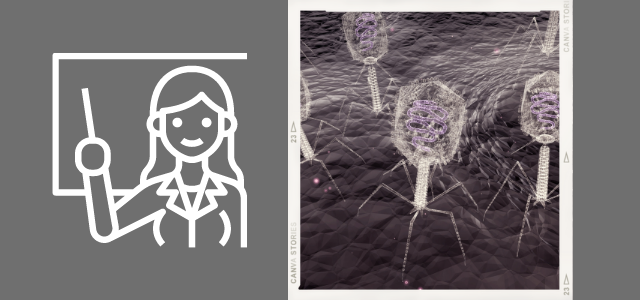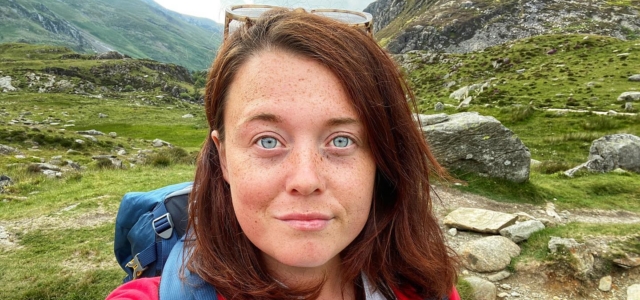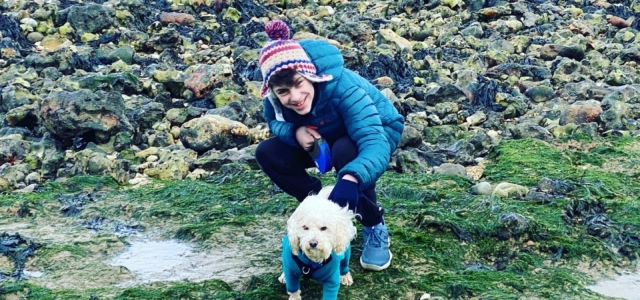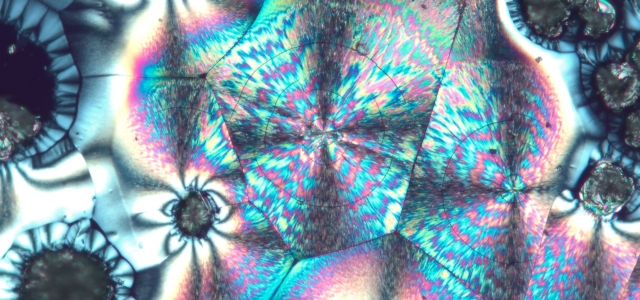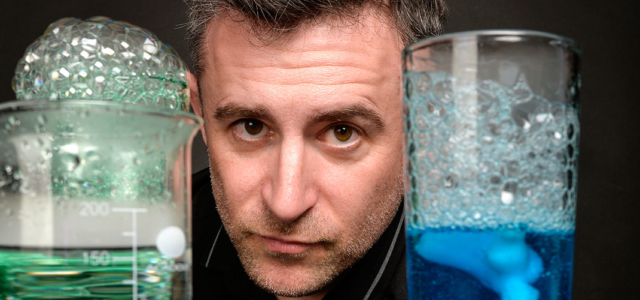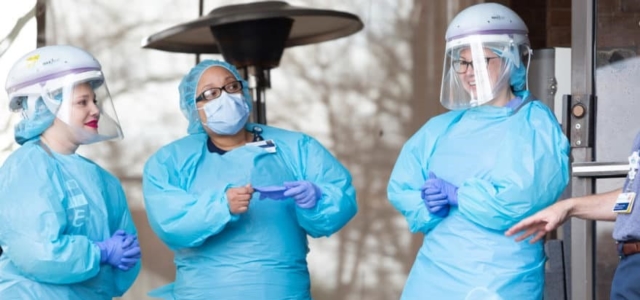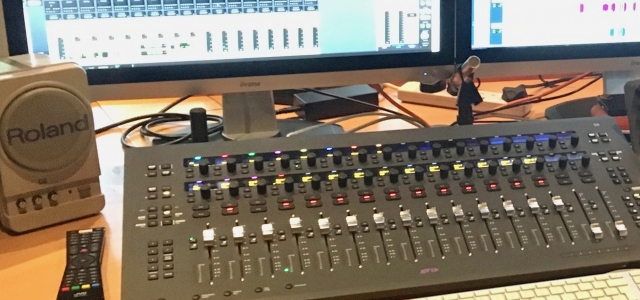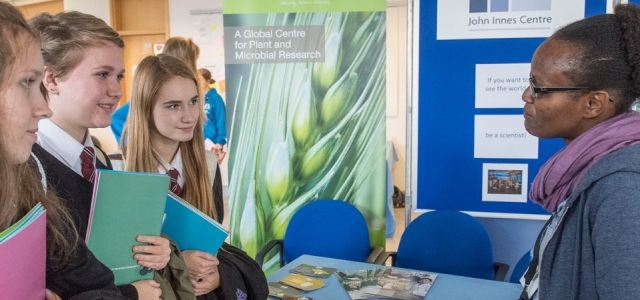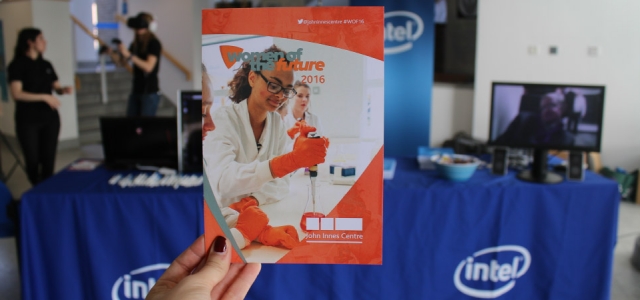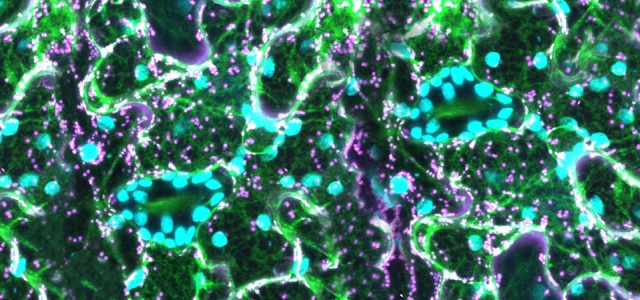Explore the detailed examination of Fibrodysplasia Ossificans Progressiva (FOP) by 14-year-old Phoebe, a Bronze Award participant sponsored by Wellcome Connecting Science. Also known as Stoneman Syndrome, this rare and severely disabling disorder transforms connective tissue into bone, leading to progressive immobility and other serious complications. Phoebe’s blog meticulously covers the symptoms, diagnosis challenges, and the history of FOP’s discovery and research. Learn about the ongoing efforts in gene therapy and other treatments aimed at managing this condition and the significant impact it has on the lives of those affected.
Introduction
Fibrodysplasia Ossificans Progressiva (FOP), also known as Stoneman Syndrome, is a severely disabling inherited disorder of connective tissue characterised by malformation of the big toes, thumbs, and vertebrae. Clinical examination, radiological evaluation, and genetic analysis for mutation of the ACVR1 gene are considered necessary tools for an early FOP diagnosis. Minor traumas such as intramuscular immunizations, muscle fatigue, blunt muscle trauma, bruises, falls or influenza-like viral illnesses can trigger painful new flare ups of FOP leading to progressive heterotopic ossification. Surgical removal of the unwanted bone can cause explosive and painful growth of new bone. FOP can lead to changes in posture, decreased use of arms and legs and sometimes the jaw, but every patient will look different depending on which parts of their body are affected.
Symptoms
- Bone forming on muscle, ligaments, and connective tissue.
- Decreased mobility or permanent immobility.
- Difficulty eating or speaking
- Hearing impairment
- Malformed big toes or thumbs
- Red and purple areas of the body that are painful to touch and can look like tumours
- Scoliosis or kyphosis
- Swelling of soft tissue in the neck, shoulders and back
Timeline of the disease discovery
The earliest documented cases of FOP were back in the 17th and 18th century. French physician Guy Patin met with a patient suffering from the disorder and described the encounter in his writing back in 1692. In 1736, British physician John Freke cared for a patient who had swellings throughout his back. In the 1900s, the disease became known as myositis ossificans progressiva which means “muscle turns progressively into bone”. In the 1970s, the name was officially modified to Fibrodysplasia ossificans progressiva. The name better reflected the other tissues turning to bone in addition to muscle. In 1990, the first FOP natural history study was held by Drs Kaplan and Zasloff. In 1994, Dr Kaplan was awarded the Johnson & Johnson orthopaedics research grant for “molecular pathogenesis of heterotopic ossifications in FOP and in a transgenic animal model”. The National Institute of Health provided $200,000 annually for 3 years for FOP research. In 2006, after 15 years of research, the FOP team pinpointed a single gene mutation (one letter out of the six billion in the human genome) that causes the runaway bone growth of FOP. In 2017, Kyoto University researchers began the world’s first clinical trial of a drug identified as using iPS cells for those living with FOP in Japan.
Cure
There is currently no cure for Stoneman syndrome (FOP), however, gene therapy is being researched. The management of FOP is mainly supportive and based on an early diagnosis of the condition, avoiding injury and symptomatic relief. Gene therapy, specifically the CRISPR-Cas9 system, is a potential approach for treating FOP. With the help of the ground-breaking gene-editing tool, researchers may accurately alter a gene’s DNA sequence. By editing the ACVR1 gene with CRISPR-Cas9, researchers hope to stop the uncontrollable bone growth that comes with FOP. Aside from gene therapy, the uses of small molecules, stem cell-based approaches, immunotherapy, and nanoparticle delivery systems, are actively being investigated.
Diagnosis
In most cases an accurate diagnosis can be made based on if the patient has malformations of their big toes as well as rapidly changing swellings on the head, neck or back. These may look like tumours and are purple or red in colour. Due to the lack of knowledge on FOP amongst doctors, patients get misdiagnosed more than 80% of the time. Not only has the misdiagnoses caused pain and suffering for FOP patients and their families but has also led to unnecessary invasive procedures. These have included biopsies as well as permanent complications from medical interventions that have resulted in loss of mobility. Three of the most common conditions that Stoneman syndrome is mistaken for are: cancer, aggressive juvenile fibromatosis (also known as desmoid tumours), and progressive osseous heteroplasia (another rare disease characterised by abnormal bone growth).
Additional complications
Hearing impairments are found in half of FOP patients. This is usually because of the ossification of the middle ear but in some patients the hearing impairment is neurologic. General anaesthesia is particularly dangerous in patients with FOP and intubation can cause damage to the jaw which can lead to disease flare-ups. Patients with FOP can develop Thoracic Insufficiency Syndrome (TIS). This is a life-threatening complication of cardiopulmonary function that can cause pneumonia and right-sided heart failure.
About The Patients
This rare condition affects just 1 in 2 million people. The parents of FOP patients typically do not have the disease themselves. The disease can be inherited, although most cases are because of spontaneous new mutations in the person. Due to bone growth, chest movement may be restricted, leading patients to die early from cardiac or respiratory failure. A child carrying the FOP causing mutation is usually born following an uneventful pregnancy. A person with FOP has a 50% chance of passing it on to their children. It can affect all ethnicities, ages, and races. It affects approximately 4000 people worldwide but there are only 900 known cases. The average life expectancy for people living with Stoneman Syndrome is 56 years of age, however, they require either partial or complete assistance by the age of 30. The majority of individuals with FOP have malformations of the big toes but only 50% have the same with their thumbs. FOP does not affect the intelligence or cognitive abilities of patients. However, some people with FOP have been observed with learning disabilities or neurological differences. Although patients are born with FOP, they may not have extra bone at birth, they may go many years before they have a flare up that causes new bone to grow.
Help for patients and families.
To get more information or help regarding Stoneman Syndrome, visit the International Fibrodysplasia Ossificans Progressiva Association (IFOPA) website. The non-profit organisation provides education and support for people living with Stoneman Syndrome as well as their families. https://www.ifopa.org/what_is_fop

